Lumbago: description and varieties, planting and care
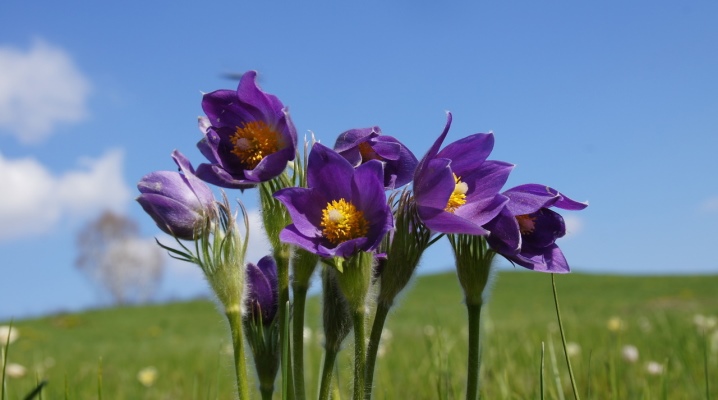
Lumbago is an interesting plant that many gardeners choose for their collection. It looks beautiful and unusual. The flower looks like it is plush, which attracts attention. Otherwise, it is called a dream-grass or snowy tulip. We will learn more about the lumbago, and figure out how to properly care for it.
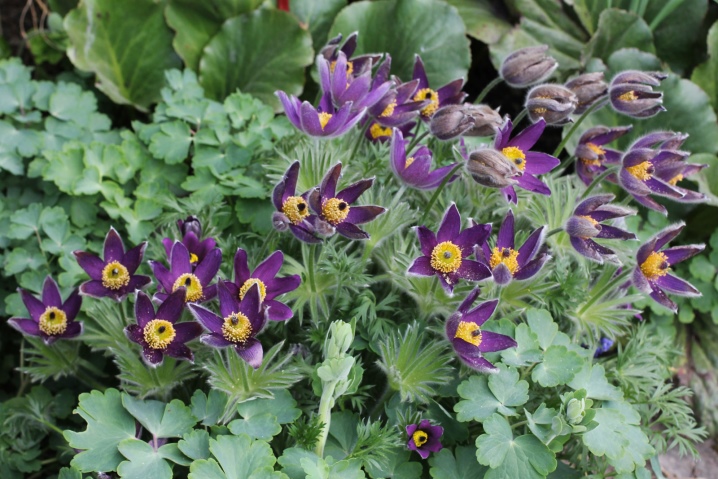
Peculiarities
In terms of its popularity, lumbago is not inferior to luxurious roses, tulips or crocuses. Many gardeners decide to decorate their garden plots with these adorable plants. Sleep grass is one of the brightest representatives of horticultural crops. It is distinguished by spring flowering. The plant is hardy and charming. Lumbago is a spectacular perennial, belongs to the buttercup family. It can refer to primroses or snowdrops. Translated from Latin, the name of this flower means "wobble", "wiggle". This indicates plants swaying in the wind.

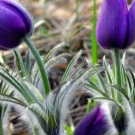
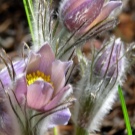

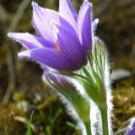
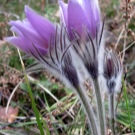
In cultivation, these flowers can hardly be called simple and malleable. According to experienced gardeners, it is difficult to “work” with such crops. Lumbago needs optimal conditions of detention. If you do not take care of them, you can forget about the beautiful flowering of the dream-grass.
Analyzing the description of the appearance of these delicate and attractive plants, it is worth highlighting a number of main features. The lumbago is small. These are herbaceous perennials, which can reach a height of 5 to 40 cm. Despite such altitude parameters and small flower sizes, these crops do not "dissolve" on the site, but attract a lot of attention and look bright.
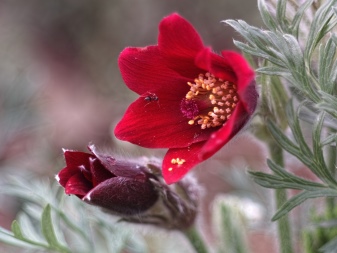

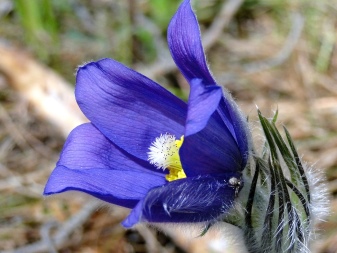

The dream herb has special roots. They grow either obliquely or vertically. The rhizomes are distinguished by an impressive length and lie deep. They are powerful, rod-like, distinguished by their large size and non-standard structure. For such a small and modest flower, the arrangement of rhizomes is unexpected. Shoots of the lumbago are practically straight. They are crowned with a flower, which is emphasized by narrowly dissected leaf blades that have grown together into an improvised blanket. The latter imitate the shape of the root leaves. Dream-grass greens cannot be called too expressive, attracting attention. But curtains of different leaves will not stop serving as an adornment and addition to a living composition until the late autumn period.
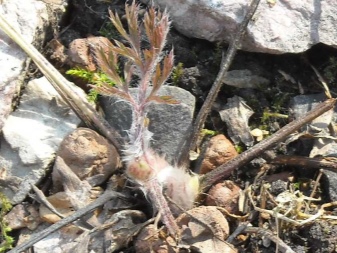
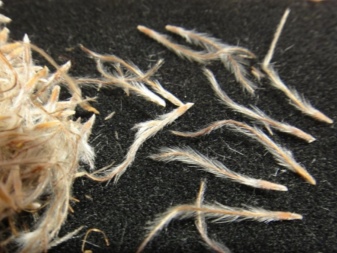
Basal leaf plates are characterized by modest sizes. They sit on elongated petioles in a rosette, which is far from being dense in all cases. The leaves can be pinnately dissected, finger-like or densely pubescent. Shoots can boast of another interesting feature - they are distinguished by elongation, elongation of shoots after the flowering stage, at the ordinary stage of fruit development. But the flowers are considered the real pride of these non-trivial plants. The buds can be large. It is they who act as the most decorative component of the plant.
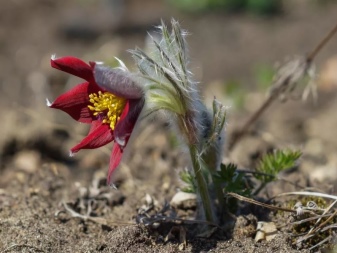
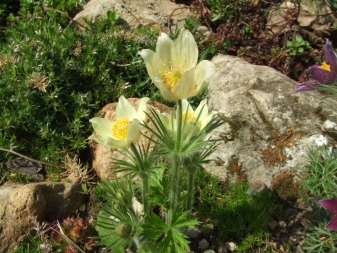
By their structure, the flowers of the dream-grass resemble charming bells. In some subspecies, they are characterized by a cupped shape. They grow as solitary ones, their average diameter is 8 cm. The flowers have 6 well-pubescent petals on the outside. The colors of the buds can be different.Most often there are snow-white, lilac, yellow or red specimens.

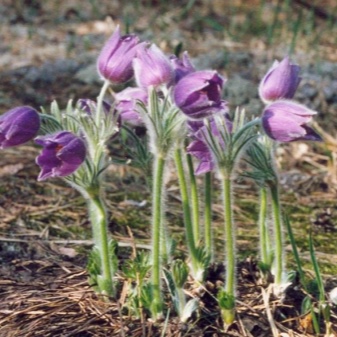
Types and varieties
There are many types of lumbago. Many of the representatives belonging to the genus of sleep-grass have a certain degree of protection in the Red Book. Of the approximately 40 varieties of this crop, only 15 are used in horticulture. It is difficult to understand the direct classification of species and varieties of crops. Many plants, known to everyone as lumbago, have completely different names - you can simply change the name Pulsatilla to Anemone, and you can get one of the latest versions of the name of lumbago.
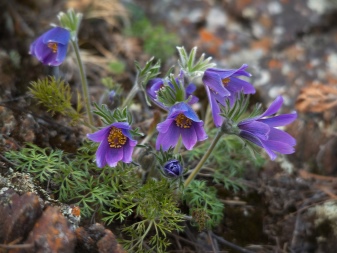
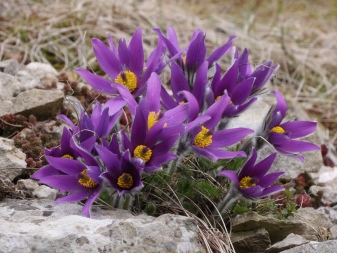
Let's get acquainted with the most popular and widespread types and varieties of this wonderful flower.
Common (Pulsatilla vulgaris)
The most diverse species, if we consider it from the point of view of varieties. Shoots of these plants can only grow up to 20 cm. They are always solitary. The flowers have a bell-like structure with beautiful pointed leaves. The leaf blades themselves are dissected into narrow filamentous lobes. At the same time, the green component of plants looks very solid.
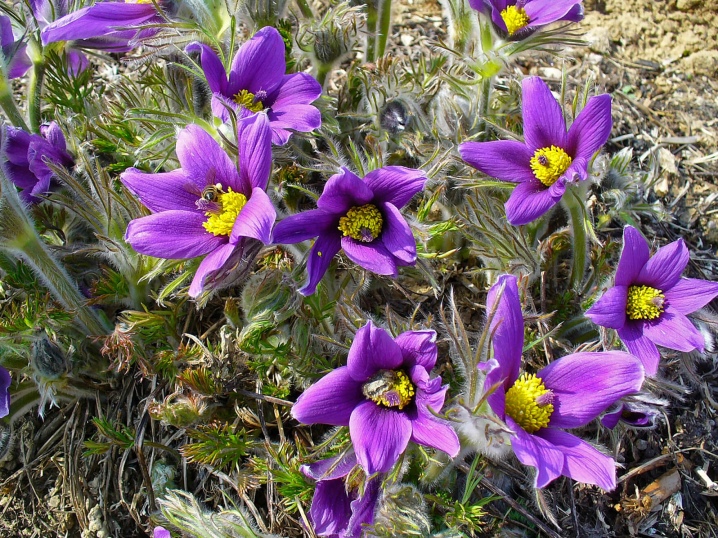
The following specimens are usually referred to as the popular forms of common lumbago.
- Grandis - is known for its huge (8 cm in diameter) flowers, which are difficult to ignore in the garden.
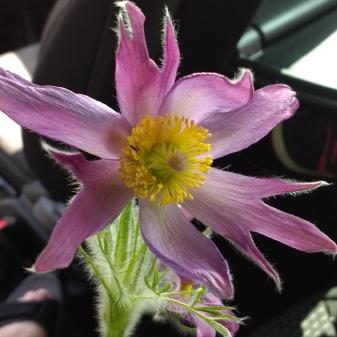
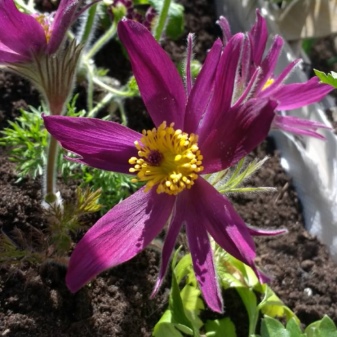
- Amoena - a very popular and non-trivial form, characterized by aesthetic flowers of a dark or red-violet hue.

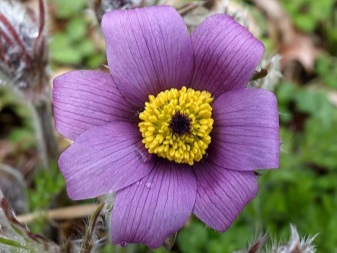
- Atrosanguinea - a dark red variety with flowers of a "drooping" tone, distinguished by graceful thin leaves.

Multi-colored varieties of common lumbago are very popular. Among them are the following:
- Mrs van der Elst - a gorgeous variety with flowers of a pale pink color;
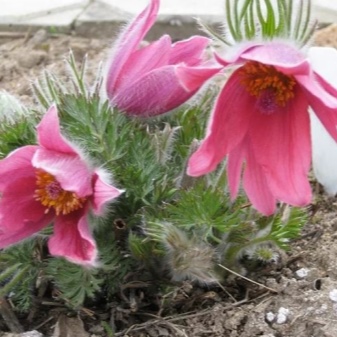
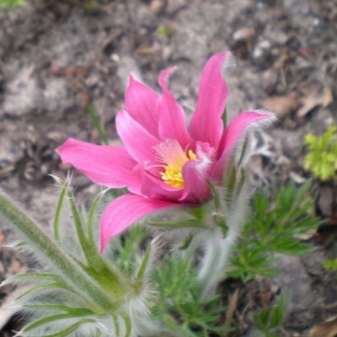
- Papageno black - the variety, known for its rich purple coloring, is similar in structure to "Papageno";

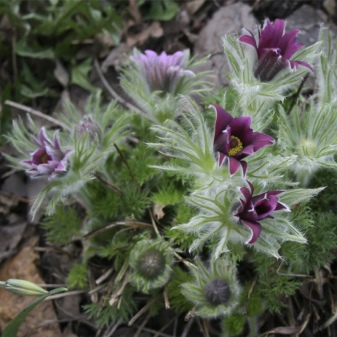
- Rote Glocke - tulip-shaped flower, has an expressive red tint;
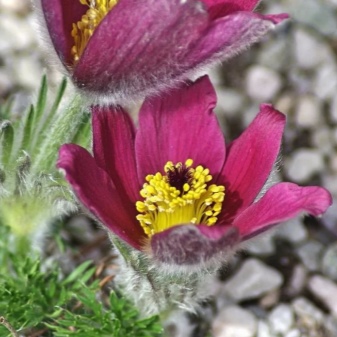
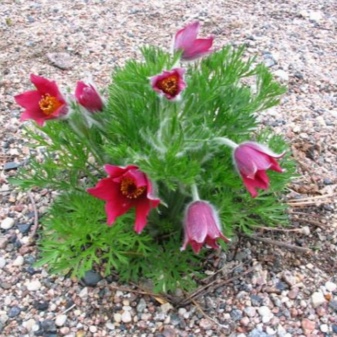
- Papageno - a white-flowered variety that has leaf plates with a dissection, is large-flowered.
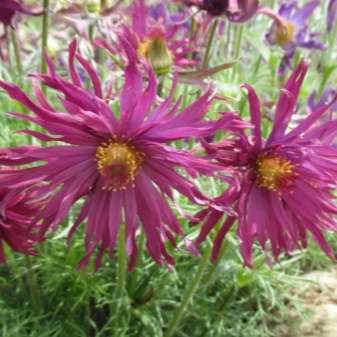
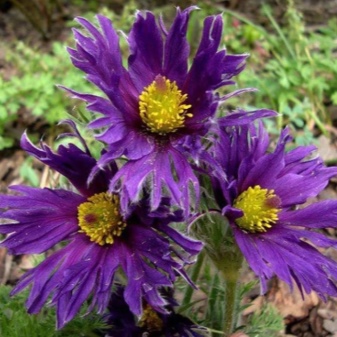
Disclosed
An incredibly beautiful and vibrant variety. Plants from this category are highly plastic. Their height is 50 cm. The color of the flowers varies. The plant has finger foliage. Leaf blades are usually arranged in a whorl and appear only after flowering, surprising everyone with the original shape of the lobes. Plants of this subspecies have large flowers. Their diameter can be 8 cm. The colors can be deep purple, blue-violet, white. The flower arrangement is simple - bell-shaped. Over time, this structure changes and becomes like a star.
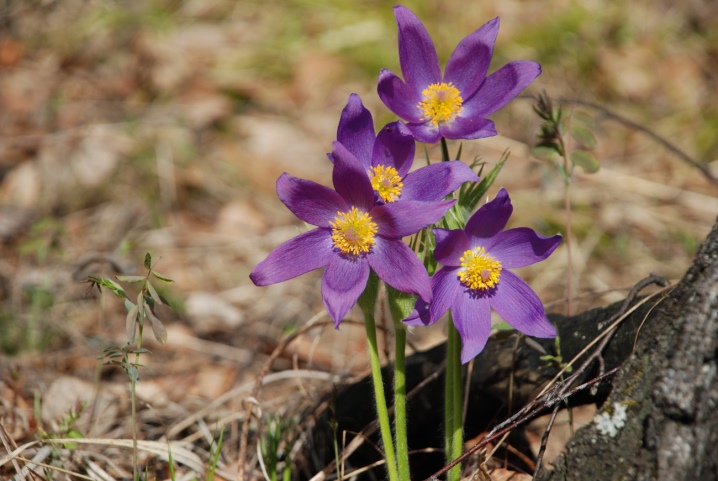
The flowers of this culture grow straight. There are unusual fruits that literally burrow into the soil, thus reacting to the moisture level.
Spring
In Russia, you can also meet and spring sleep-grass. This type is loved by many flower growers. The indicated green pets look touching. They literally shine and are considered one of the brightest, most saturated spring flowers. They can grow up to 30 cm in height. These beauties are distinguished by both slightly curved and neat straight shoots. The root leaves of the leathery type bloom to the very buds. The cups are made in the form of bells. They are pearl white on the inside and lilac on the outside.

Yellowing
A very solid flower with a voluminous, noticeable rosette of basal foliage, which in growth can reach the mark of 30 cm. Gorgeous leaves appear only after the peduncles. The flowers here are also bell-shaped, grow graceful, with a spectacular yellow color. They can be 6 cm in diameter.
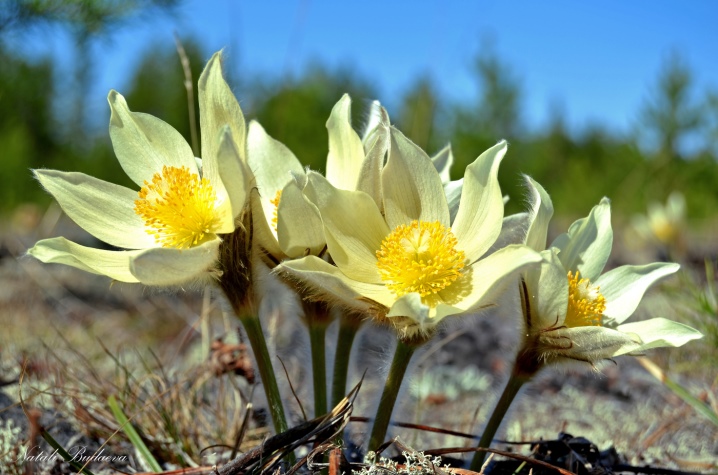
Haller
This is the name of the type of lumbago, characterized by small dimensional parameters. In growth, the culture can reach 30 cm. In Russia, this plant is called differently, namely: Crimean lumbago. This plant takes about 30 days to bloom, from April to May. During this period, fluffy peduncles with bright purple flowers and a yellow central area are shown. Basal leaves have an interesting shape.
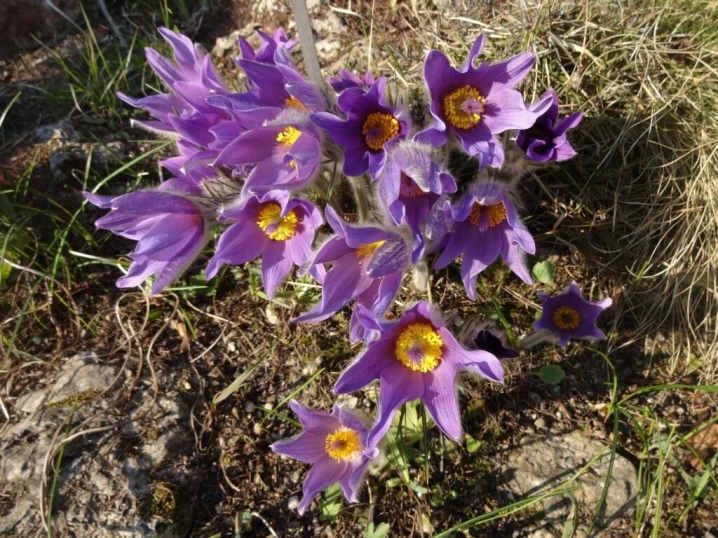
Golden
Positive, variegated plant. It looks much larger than its natural size. In height, it can grow up to 35 cm. It flaunts with rich, well-dissected leaves with a rich edge and elongated petioles. Strong and luscious greenery acts only as a background for gorgeous flowers. Their average diameter is 6 cm. They have a completely open shape and large petals of bright gold color.
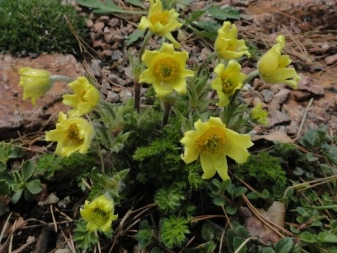

Ayansky
A view that is famous for its chic, dense foliage. It has vertical rhizomes with small stature - 5-10 cm. Peduncles are characterized by a solid edge, decorated with narrow-lanceolate foliage. The diameter of the flowers is 5-6 cm. They do not open until the end. Florists are advised to take a closer look at interesting varieties of ayan lumbago:
- "Turchaninova" - a plant with rich foliage, flowers are purple in color and look like they are floating in the air;

- "Bell-shaped" - outwardly, the plant is very similar to a bell, it has narrowed flowers of a long structure, they are directed downward or slightly inclined.
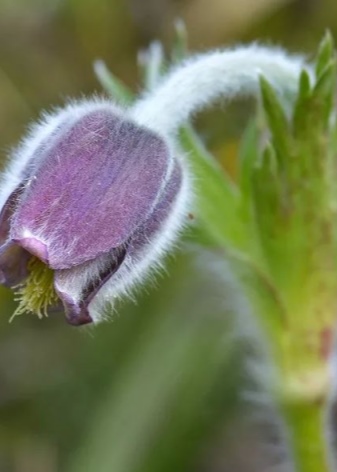
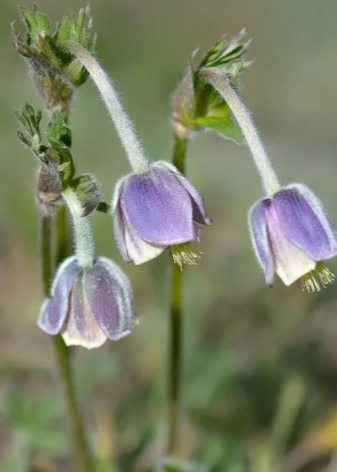
Lugovoi
A species characterized by drooping flowers on peduncles of an elegant, curved structure. The color of the buds is muted lilac. There are beautiful watercolor color transitions. The foliage is pinnately dissected with a silvery color, velvety pubescence. The most popular forms of meadow lumbago are considered to be:
- Nigricans - a spectacular plant with inky purple flowers;
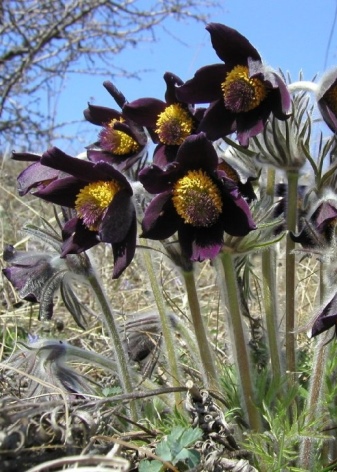
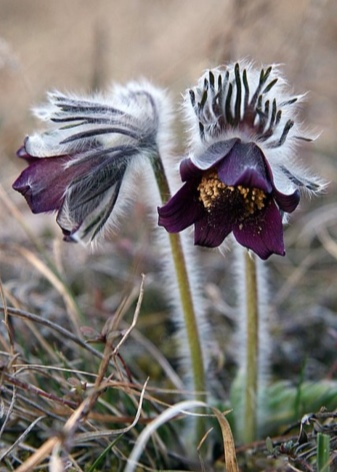
- "Magadansky" - the shortest possible lumbago, but with large pubescent leaves, flowers in the form of bells.
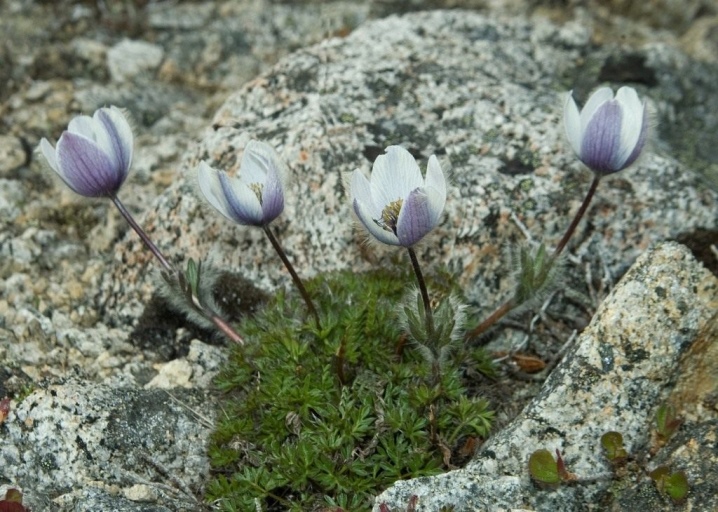
Tatewaki
Unusual appearance of the lumbago. This is a dwarf, whose height is up to 20 cm. It stands out with delicate light lilac flowers in the form of skirts, has bright stamens. On top of everything are lovely leaves.Among all varieties of this type, the most popular can be distinguished:
- "Alpine" - a charming perennial pet with white, yellow, beige flowers blooming in late spring;
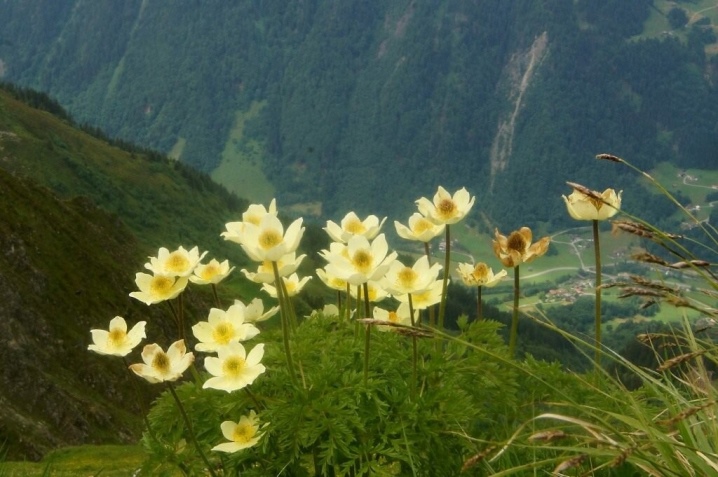
- "Mountain" - the same "Alpine", but refers to the alpine varieties.
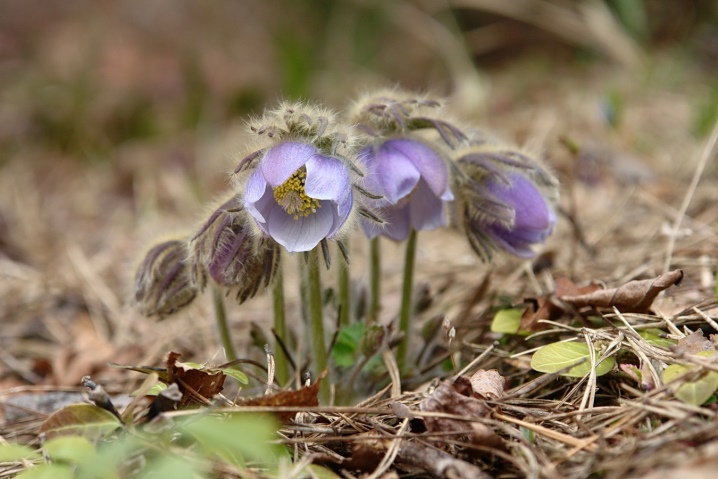
Albanian
Perennial with a height of 5 to 18 cm. In a state of fruiting, it can be 30 cm. The root leaves are long, pinnately dissected. The fruits have short but thick awns 2-2.5 cm long. This species grows well in mountains and meadows. The flowers of the Albanian lumbago are very delicate and beautiful, they are distinguished by an unobtrusive beige-yellow color.
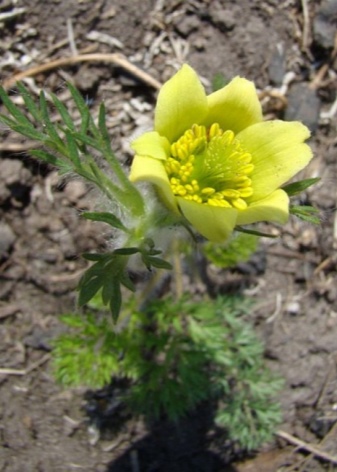
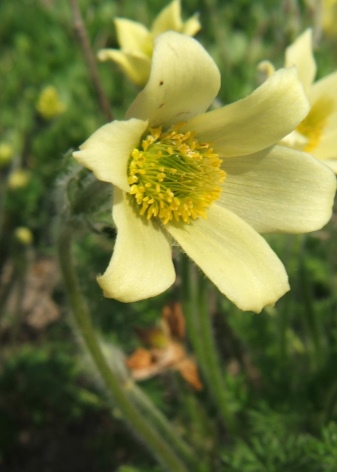
Daursky
Affectionate, touchingly delicate plant from the perennial class. Loves partial shade. It can grow up to 40 cm in height. The flowers are small (no more than 2 cm), have a very beautiful bluish-purple color. Frost-hardy green pets that do well in winters.
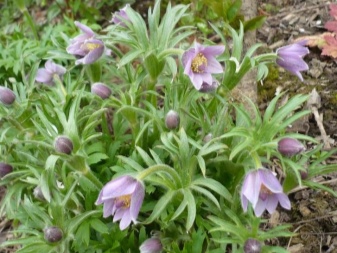
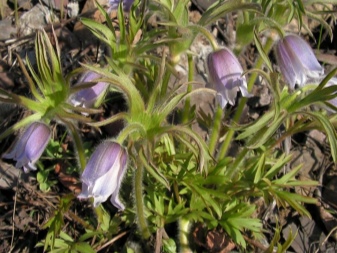
How to plant?
Before you start planting the lumbago, you need to thoroughly prepare the soil. Fertilizers of organic origin, humus, compost, a small amount of nutrients containing nitrogen (urea) should be added to the soil. Next, a thorough digging is carried out. The lumbago has a large root system, especially for the rod roots. For this reason, tillage must be carried out at a suitable depth. For most species and varieties of crops, in addition to spring application, lime is introduced into the soil. You can immediately pick up an alkaline type earth.
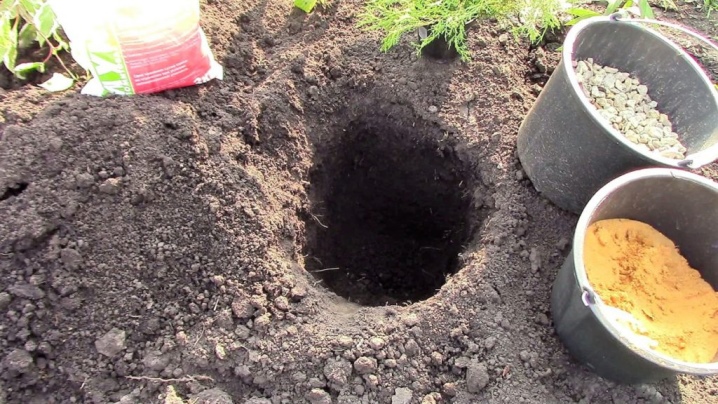
It is permissible to move the sleep-grass from the seed beds in early spring. But seedlings at the main "place of deployment" are allowed to be planted only from May until the end of summer. Early landing will bring the best results.
When you start planting a lumbago in the form of seedlings, it is important to ensure that an earthy clod remains on its roots. Contact with the flower itself should be extremely minimal. It is imperative to guarantee quality and timely care for the lumbago. During the first month, and even better before the start of active development, planting needs to be watered in sufficient quantities.
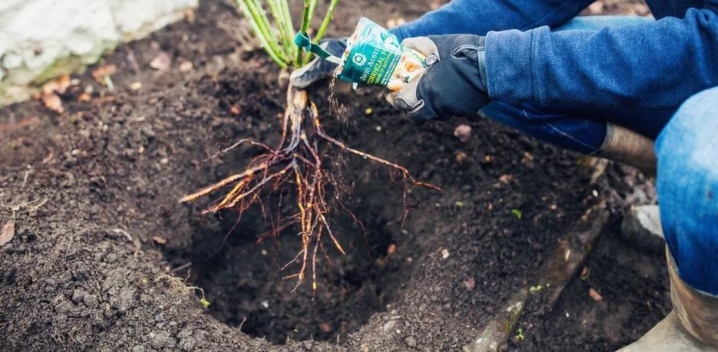
It is important to remember that the flowers in question experience the transplant procedure extremely negatively. Plants that are more than 10 years old will most likely not be able to take root in a new place. But the lumbago does not require separation and constant changes in the place in which it grows. If, nevertheless, it is necessary to make a transplant, then the lumbago is dug out with a clod of earth, making sure that it is preserved during all work.
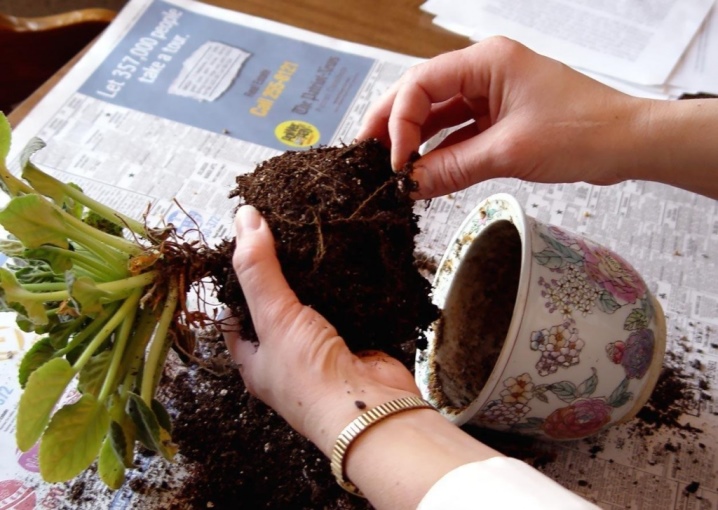
How to take care of it properly?
Lumbago is a plant that needs proper care. Let us consider in detail how this culture should be properly grown.
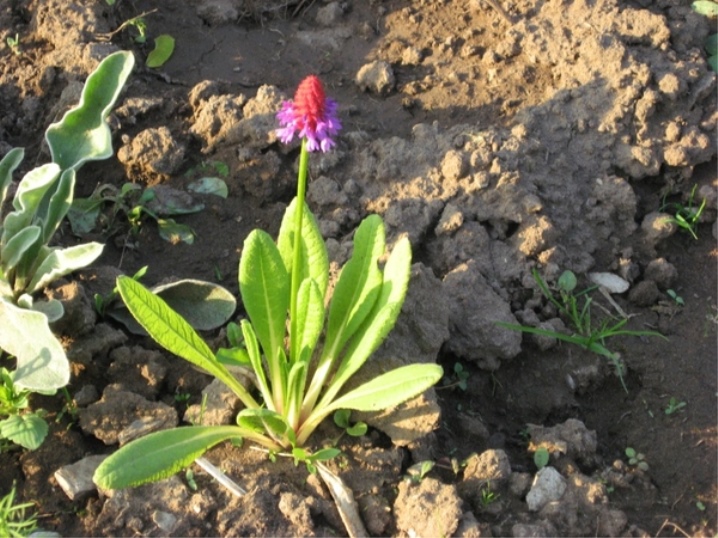
Watering
Watering the plant in question will be necessary only if there is a prolonged dry weather in the yard. When the temperature values are outside the normal range, one should not forget about watering the lumbago. On excessively dry and sultry days, watering will give these plants strength, but systemic procedures of this kind are not needed for shooting. Yes, and an aggressive drought in itself, this plant will be able to survive, however, to ensure its more abundant flowering, it is still better to turn to watering.

Fertilizer
If you want to grow a really healthy and beautiful plant, you need to provide additional feeding. They are extremely important for both the flowering process and the ripening of flower buds. Organic compounds must be added during planting. In the fall, these components will also be relevant in the form of mulch. Do not forget about the annual portion of humus and other natural dressings. Mineral fertilizers are recommended to be applied exclusively in summer. The schedule for adding them should be monthly: fertilize 2 or 3 times in May, June and July. The optimal fertilizers for the plants in question are:
- phosphoric;
- potassium preparations, in which there is no nitrogen.
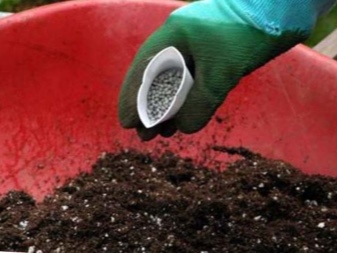
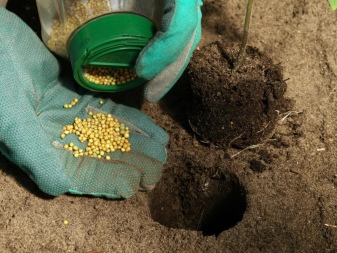
Wintering
Only young sleep-grass should be prepared for the winter season. Before the frosts come, at the end of autumn it is advisable to cover the plantings with spruce branches or dry leaves. Shelter is required to be organized for young seedlings that were planted this year. In the second year, lumbago is covered only if the winter is planning to come very snowy. Adult plants survive the winter without any additional covering materials. Of course, flowers will not suffer if they are in well-prepared soil, and they will not be threatened with high waterlogging when the thaw comes.
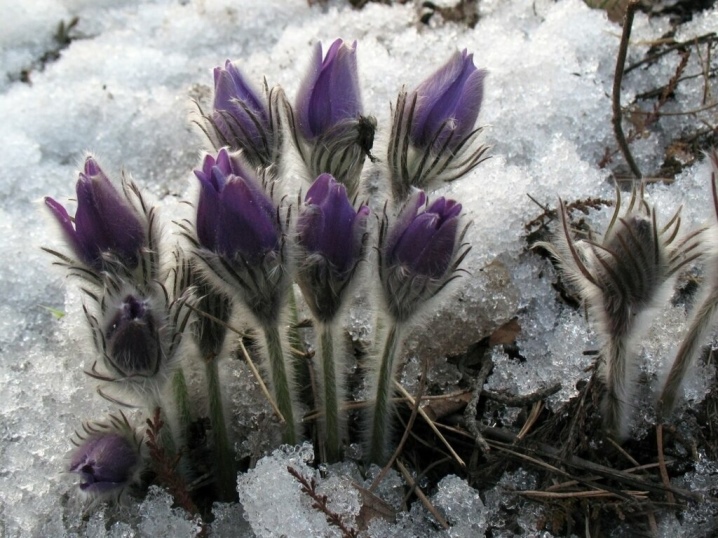
The subtleties of growing from seeds
If you want to grow lumbago at home from seeds, there are some important rules to keep in mind.
- Experienced flower growers advise to sow only widespread varieties harvested in the fall, in March. It is advisable to use purchased soil and mix it in half with coarse sand.
- When planting seeds in a pot or other suitable container, do not sprinkle them with earth on top. They will ascend without problems only with good lighting.
- The air temperature must be at least +25 degrees Celsius (a little more is allowed).
- The percentage of air humidity should be high. It is permissible to leave seedlings in a greenhouse, or cover with pieces of glass.
- If you sow the seeds of the lumbago correctly, they will give the first shoots literally after 5-14 days.
- If the germinated plantings did not manage to throw off the seed coats, they will need to be moistened several times a day using warm water.
- When the seedlings are at the stage of 2-3 leaves, they can be seated in separate containers (cups). In the first year of life, this culture is calm about transplants.
- If you plan to plant plants in the garden, then this should be done in May and immediately to their permanent place.
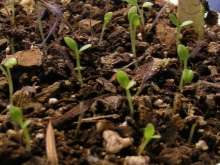
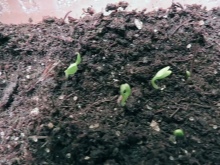
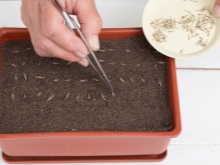
Reproduction methods
Lumbago is such an interesting plant that can only be propagated by seed due to the fact that the plant has a vertically located thick root, it does not at all tolerate transplants and divisions, as well as cuttings. It is advisable to sow the plant with freshly harvested seeds in the spring and in the warm ground. You can do this in July-August. The seeds are sown at a shallow depth of 1-1.5 cm. The seedlings are watered abundantly, avoiding water stagnation. It is permissible to mulch them.
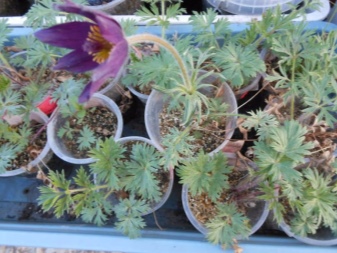
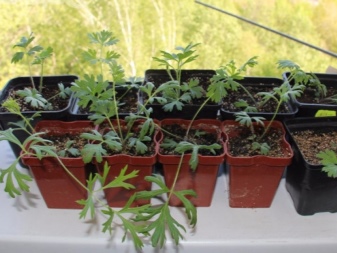
Diseases and pests
One of the greatest advantages of the lumbago is its resistance to various pests and diseases that affect plants. Nature has endowed this culture with effective defense mechanisms. If you properly grow this beautiful flower, observing all the nuances and rules, then it will not hurt, even if you make a mistake in something.
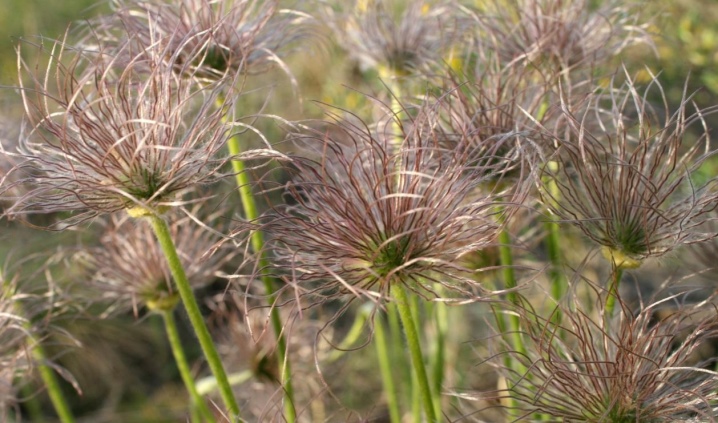
Helpful hints
If you plan to plant this interesting plant in the garden, you should arm yourself with a few helpful tips from experienced florists.
- In the wild, the considered plants should not be plucked, cut or dug up. Digging them out will turn out to be a pointless exercise. If you want to plant such a crop on the site, it is better to purchase seeds in a specialized store.
- This plant grows well in both sunny and shaded areas. It is recommended to select slopes in the south or east.
- You cannot overmoisten this flower - a large amount of liquid will lead to decay of the root system.
- Do not be surprised if new forms of the plant were obtained during seed propagation. They may well be different from the parent colors.
- If seedlings are grown in a peat container, then regular watering is especially necessary for them.
- The lumbago is often used to prepare medicinal formulations. It is important not to forget that fresh this plant is poisonous. You can use exclusively dried herbs, and not earlier than 5 months after collecting them. During this period, all toxic components that pose a danger to humans will inevitably collapse.
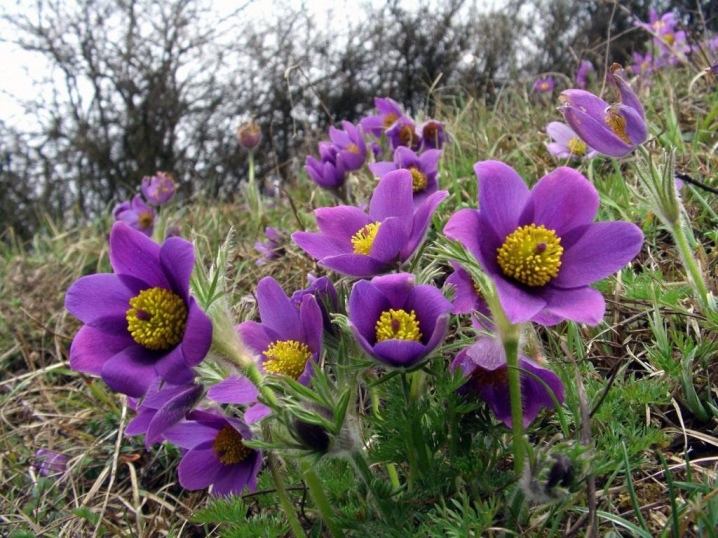
Use in landscape design
Sleep grass is actively used in landscape design. Such flowers can effectively decorate the garden, make it more colorful, lively and fresh. Often the crop described is used to fill gravel gardens. Often, lumbago is planted in an interesting combination with alpine plants or on neat rocky hills. Not a bad solution - landing a lumbago in special mixborders. At the same time, the plants in the neighborhood should feel good in neutral and relatively dry soils.
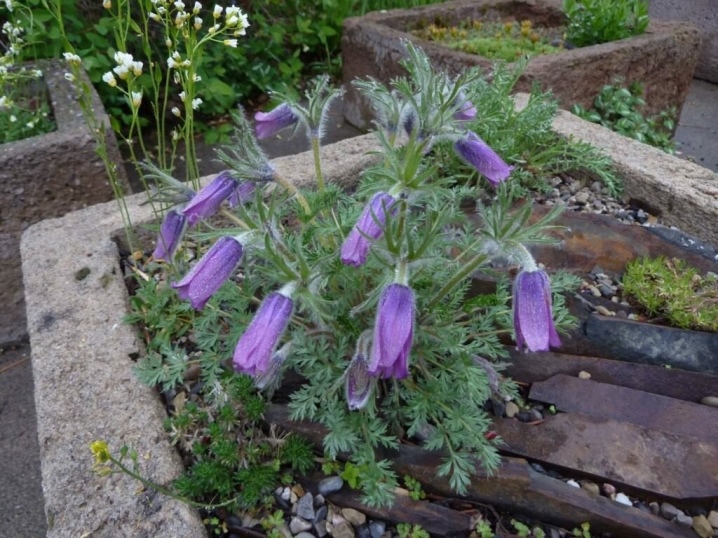
The lumbago looks gorgeous in both single and group landings. Compositions can be multi-colored - such colorful combinations always look colorful and interesting. The lumbago makes perfect accents on terraces, slopes or retaining walls. Against the background of a well-groomed lawn, these plants also flaunt effectively and expressively, attracting attention.
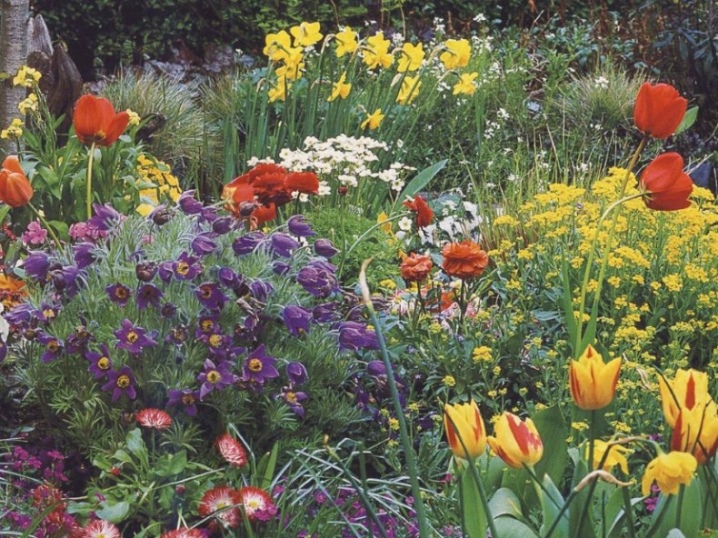
For information on how to properly care for a lumbago, see the next video.







































































































The comment was sent successfully.